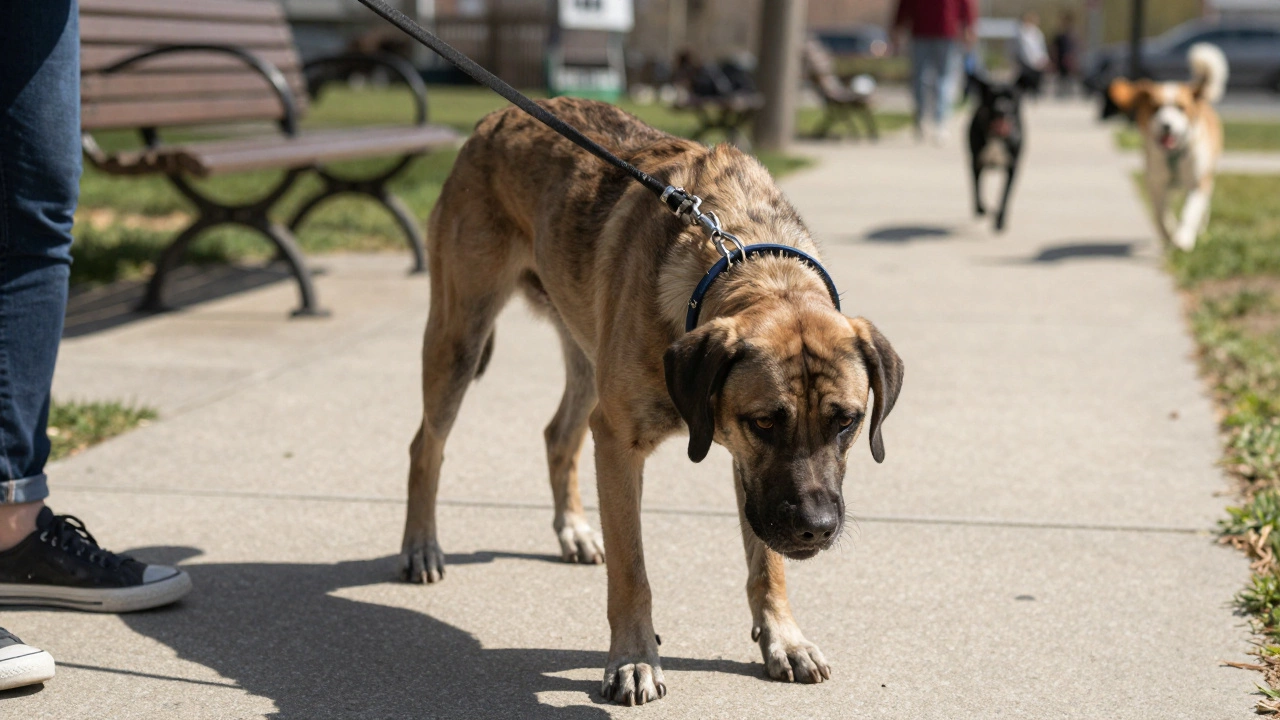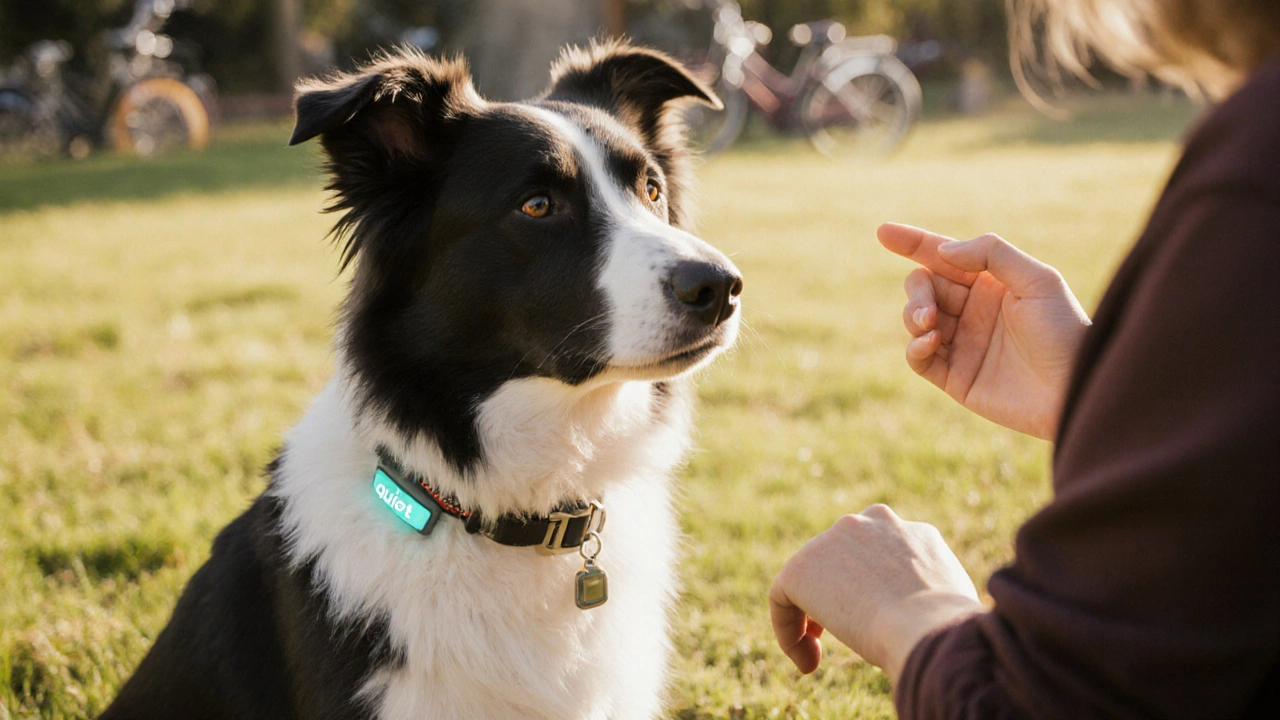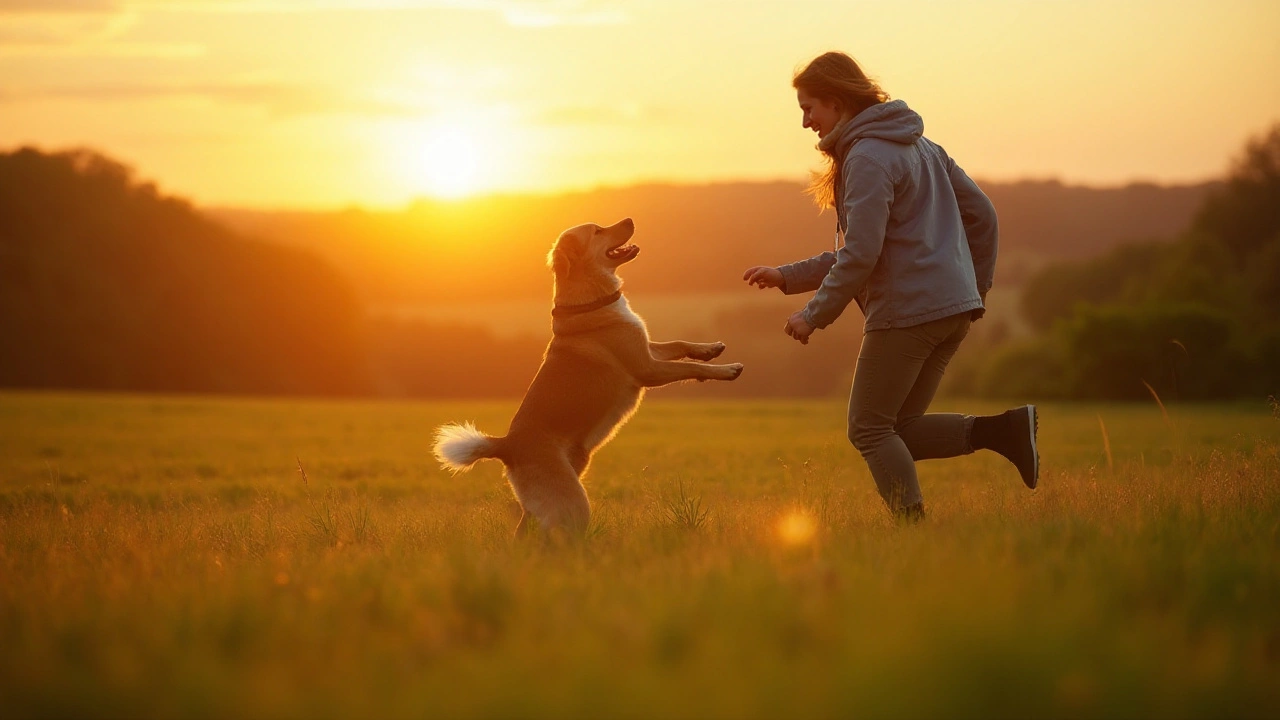Humane Dog Training: Kind Methods for a Happy, Well‑Behaved Dog
Ever wonder why some dogs seem to love training while others dread it? The secret is simple – it’s all about how you train, not just what you teach. Humane dog training focuses on reward, patience, and respect, so your pup learns because it wants to, not because it’s scared.
First off, ditch the idea that “hard love” means loud commands or punishment. Dogs don’t understand why they’re being yelled at; they only feel the stress. When you switch to positive reinforcement – treats, praise, or play – you give your dog a clear, enjoyable reason to repeat good behavior.
Why Choose Humane Training?
Humane methods keep your dog’s stress hormones low, which means better focus, faster learning, and a stronger bond. Studies show that stressed dogs are more likely to develop aggression or anxiety, while relaxed pups are eager to explore and obey. Using kindness also reduces the chance of accidental injury – no jerking on the leash or harsh corrections that can damage joints or teeth.
Another win is the long‑term reliability of the behavior. A dog that learns because it expects a reward will keep the habit even when you’re not watching, whereas a dog that obeys only to avoid pain might slip as soon as the pressure disappears.
Practical Steps to Train Gently
1. Pick the right reward. Every dog is unique – some run for a tasty treat, others for a quick game of fetch. Observe what makes your dog’s tail wag and use that as your primary motivator.
2. Keep sessions short. Five to ten minutes is plenty. Short bursts keep your dog’s attention high and prevent boredom. End each session on a positive note so your pup looks forward to the next round.
3. Use a clicker or a consistent word. A click or a distinct “yes!” tells your dog exactly which action earned the reward. This clear marker speeds up learning because the dog can’t guess why it got the treat.
4. Shape behavior step by step. Break a big command like “stay” into tiny pieces – first, a short pause, then a longer one, then adding distance. Reward each tiny success before moving on.
5. Ignore unwanted actions. Instead of scolding a bark, simply stop giving attention until the dog is quiet, then reward the silence. This teaches the dog that calm behavior gets love, not the opposite.
6. Be consistent. Everyone in the household should use the same cues and rewards. Mixed signals confuse dogs and slow progress.
Remember, patience is key. If your dog isn’t catching on, step back a level and practice the easier version until it’s mastered, then climb up again. Progress might feel slow, but a solid foundation built on trust lasts a lifetime.
Humane training isn’t just a trend – it’s the smartest, safest way to raise a confident, happy companion. By rewarding good behavior, keeping sessions fun, and staying calm yourself, you’ll see faster results and enjoy a deeper bond with your dog.
Ready to start? Grab a few small treats, pick a quiet spot, and try a simple “sit” command. Celebrate the first success with lots of praise, and you’ve just taken the first step toward a kinder, more obedient pup.
- Morgan Ainsworth
- 0 Comments
Why Do People Hate Prong Collars So Much?
Prong collars cause pain, fear, and long-term harm to dogs-even when used "correctly." Learn why experts, veterinarians, and dog owners are rejecting them in favor of humane, science-backed training methods.
View More- Morgan Ainsworth
- 0 Comments
Do vibrating dog collars work? Here’s what actually happens when you use them
Vibrating dog collars can work for training-but only if used correctly. Learn how they function, when they help, and why they’re safer than shock collars. Real results from UK dog owners and science.
View More- Morgan Ainsworth
- 0 Comments
Are Training Collars Good for Dogs? Pros, Cons, and Safe Alternatives
Unpack the controversy around dog training collars. Learn the pros, cons, and science-backed tips for making the best choice for your dog's training and happiness.
View More- Morgan Ainsworth
- 0 Comments
The Hidden Dangers of Shock Collars for Dogs: A Humane Approach to Training
Shock collars, often marketed as effective training tools, pose significant risks to a dog's emotional and physical well-being. They rely on inflicting pain, leading to increased anxiety and aggression, which counteracts positive training outcomes. By exploring ethical and stress-free alternatives, dog owners can build stronger relationships with their furry companions. The article delves into the psychology of dogs, humane training methods, and debunks common myths associated with shock collars.
View More



